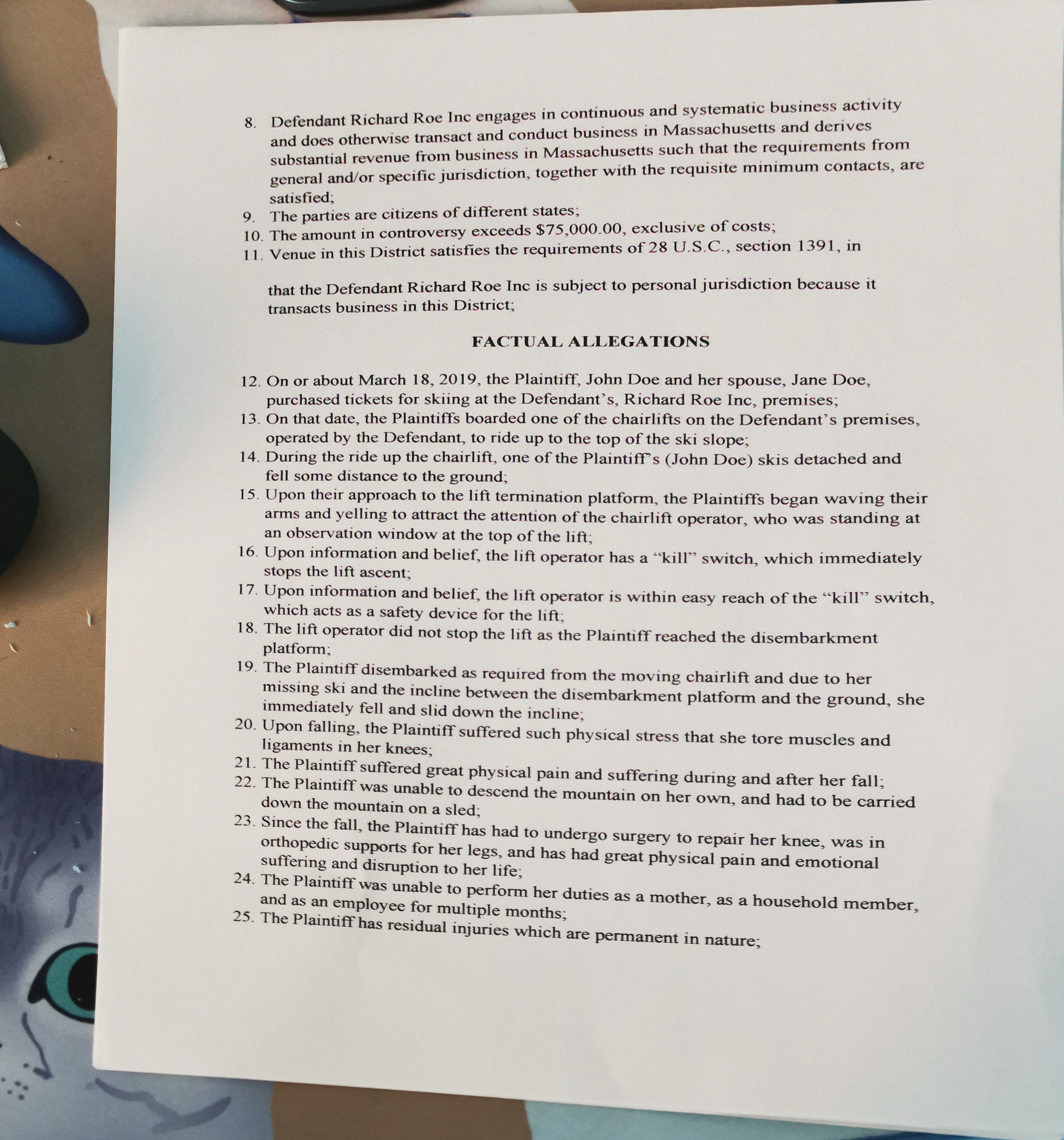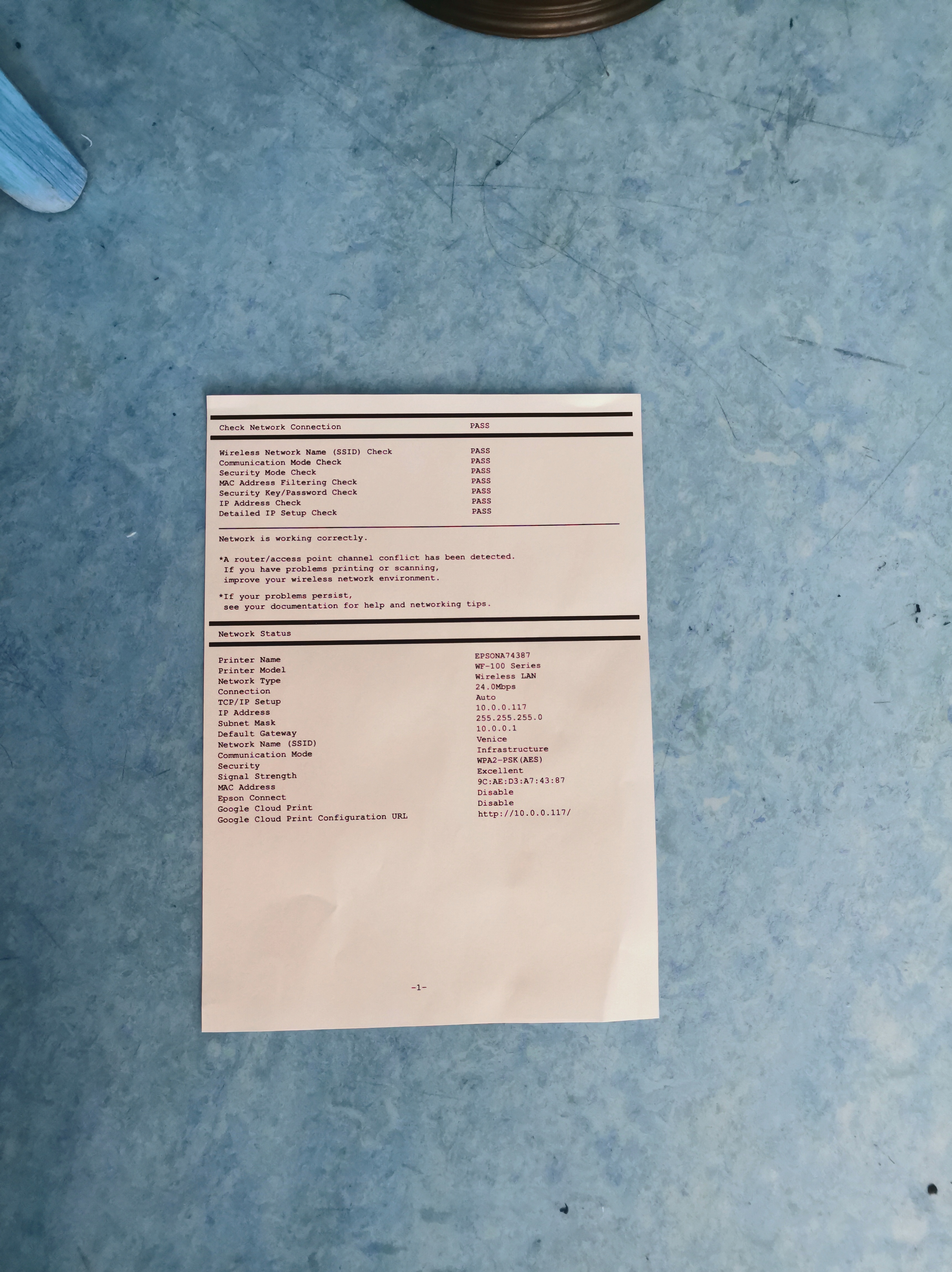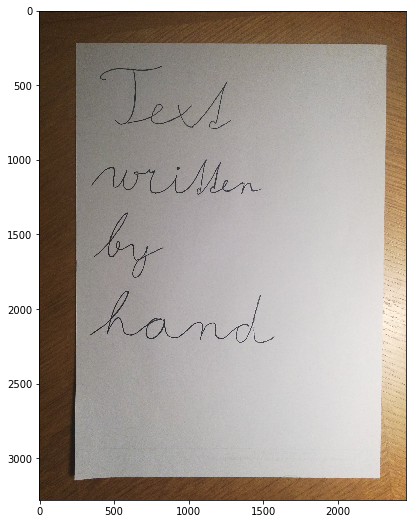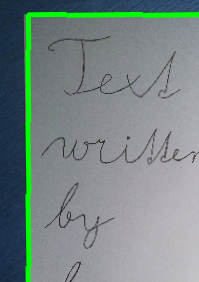handwriting-ocr
 handwriting-ocr copied to clipboard
handwriting-ocr copied to clipboard
page detection doesn't work correctly in some case
i've got these result




opencv 4.1.0 python 3.6.7


this is image from example https://github.com/Breta01/handwriting-ocr/blob/master/notebooks/page_detection.ipynb
SMALL_HEIGHT = 800
def processImageAlt(imagepath, ext):
image = cv2.cvtColor(cv2.imread(imagepath), cv2.COLOR_BGR2RGB)
edges_image = edges_det(image, 200, 250)
edges_image = cv2.morphologyEx(edges_image, cv2.MORPH_CLOSE, np.ones((5, 11)))
page_contour = find_page_contours(edges_image, resize(image))
print("PAGE CONTOUR:")
print(page_contour)
implt(cv2.drawContours(resize(image), [page_contour], -1, (0, 255, 0), 3))
page_contour = page_contour.dot(ratio(image))
newImage = persp_transform(image, page_contour)
implt(newImage, t='Result')
filename_output = generate() + ext
cv2.imwrite('./static/' + filename_output, newImage)
def edges_det(img, min_val, max_val):
""" Preprocessing (gray, thresh, filter, border) + Canny edge detection """
img = cv2.cvtColor(resize(img), cv2.COLOR_BGR2GRAY)
# Applying blur and threshold
img = cv2.bilateralFilter(img, 9, 75, 75)
img = cv2.adaptiveThreshold(img, 255, cv2.ADAPTIVE_THRESH_GAUSSIAN_C, cv2.THRESH_BINARY, 115, 4)
implt(img, 'gray', 'Adaptive Threshold')
# Median blur replace center pixel by median of pixels under kelner
# => removes thin details
img = cv2.medianBlur(img, 11)
# Add black border - detection of border touching pages
# Contour can't touch side of image
img = cv2.copyMakeBorder(img, 5, 5, 5, 5, cv2.BORDER_CONSTANT, value=[0, 0, 0])
implt(img, 'gray', 'Median Blur + Border')
return cv2.Canny(img, min_val, max_val)
def four_corners_sort(pts):
""" Sort corners: top-left, bot-left, bot-right, top-right"""
diff = np.diff(pts, axis=1)
summ = pts.sum(axis=1)
return np.array([pts[np.argmin(summ)],
pts[np.argmax(diff)],
pts[np.argmax(summ)],
pts[np.argmin(diff)]])
def contour_offset(cnt, offset):
""" Offset contour because of 5px border """
cnt += offset
cnt[cnt < 0] = 0
return cnt
def find_page_contours(edges, img):
""" Finding corner points of page contour """
# Getting contours
contours, hierarchy = cv2.findContours(edges, cv2.RETR_TREE, cv2.CHAIN_APPROX_SIMPLE)
# Finding biggest rectangle otherwise return original corners
height = edges.shape[0]
width = edges.shape[1]
MIN_COUNTOUR_AREA = height * width * 0.5
MAX_COUNTOUR_AREA = (width - 10) * (height - 10)
max_area = MIN_COUNTOUR_AREA
page_contour = np.array([[0, 0],
[0, height-5],
[width-5, height-5],
[width-5, 0]])
for cnt in contours:
perimeter = cv2.arcLength(cnt, True)
approx = cv2.approxPolyDP(cnt, 0.03 * perimeter, True)
# Page has 4 corners and it is convex
if (len(approx) == 4 and
cv2.isContourConvex(approx) and
max_area < cv2.contourArea(approx) < MAX_COUNTOUR_AREA):
max_area = cv2.contourArea(approx)
page_contour = approx[:, 0]
# Sort corners and offset them
page_contour = four_corners_sort(page_contour)
return contour_offset(page_contour, (-5, -5))
def persp_transform(img, s_points):
""" Transform perspective from start points to target points """
# Euclidean distance - calculate maximum height and width
height = max(np.linalg.norm(s_points[0] - s_points[1]),
np.linalg.norm(s_points[2] - s_points[3]))
width = max(np.linalg.norm(s_points[1] - s_points[2]),
np.linalg.norm(s_points[3] - s_points[0]))
# Create target points
t_points = np.array([[0, 0],
[0, height],
[width, height],
[width, 0]], np.float32)
# getPerspectiveTransform() needs float32
if s_points.dtype != np.float32:
s_points = s_points.astype(np.float32)
M = cv2.getPerspectiveTransform(s_points, t_points)
return cv2.warpPerspective(img, M, (int(width), int(height)))
def resize(img, height=SMALL_HEIGHT, allways=False):
"""Resize image to given height."""
if (img.shape[0] > height or allways):
rat = height / img.shape[0]
return cv2.resize(img, (int(rat * img.shape[1]), height))
return img
def ratio(img, height=SMALL_HEIGHT):
"""Getting scale ratio."""
return img.shape[0] / height
def implt(img, cmp=None, t=''):
"""Show image using plt."""
plt.imshow(img, cmap=cmp)
plt.title(t)
plt.show()
i've change this line from
im2, contours, hierarchy = cv2.findContours(edges, cv2.RETR_TREE, cv2.CHAIN_APPROX_SIMPLE)
into to make it work with 4x
contours, hierarchy = cv2.findContours(edges, cv2.RETR_TREE, cv2.CHAIN_APPROX_SIMPLE)
Yes, I am aware it is not perfect.
The small inaccuracy is due to the fact that the lines are sometimes not completely straight and the images is scaled before processing. The reason behind the wrong detection is probably bad contrast between background and the paper edges.
The other image is not being recognized probably because the paper is too small try changing this line:
MIN_COUNTOUR_AREA = height * width * 0.5
To something like:
MIN_COUNTOUR_AREA = height * width * 0.2
This basically means that the smallest detected paper should cover at least 20% of the input image.
Feel free to experiment with the process and different parameters. Let me know if you find something which works better.
i've tried reduce MIN_COUNTOUR_AREA


what if we use object detective to get object bounding then work in that bounding. will this work better?
Yes, if you train it on some good dataset, I guess it will work better. Especially in this situations when there is more complex background. I haven't tried it by myself yet.